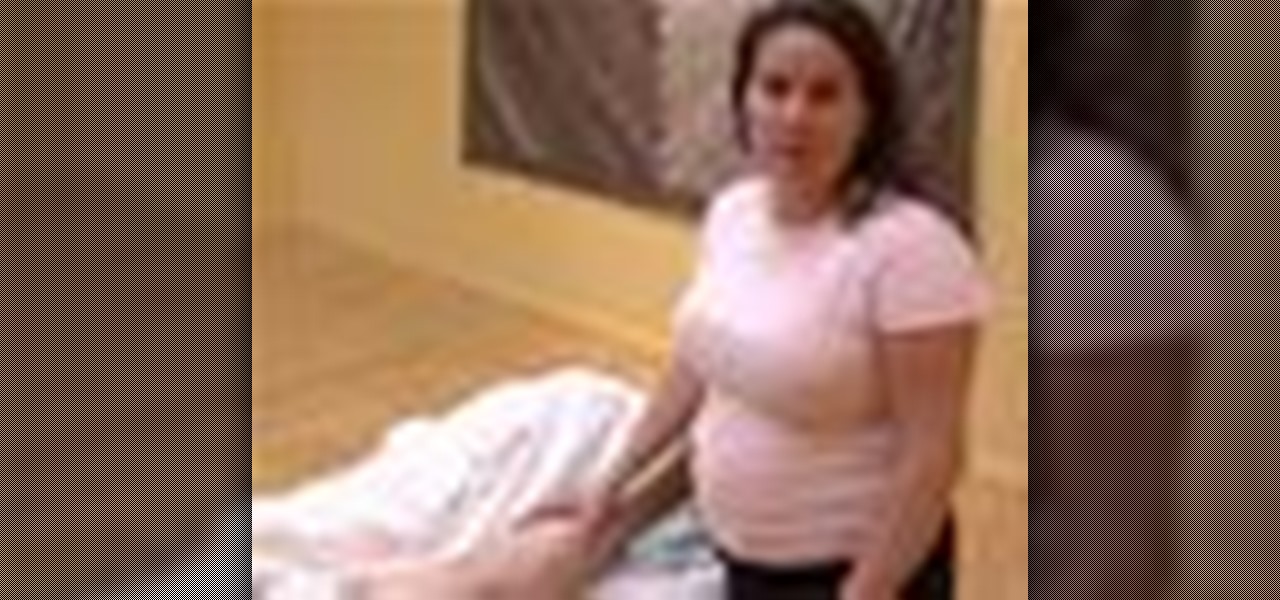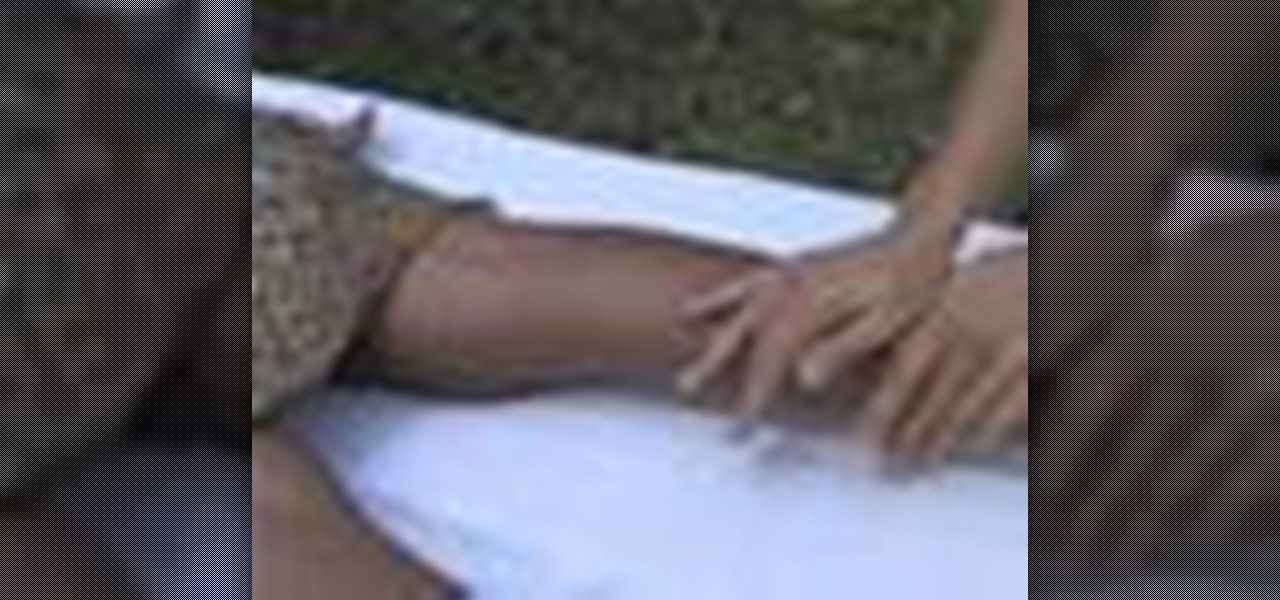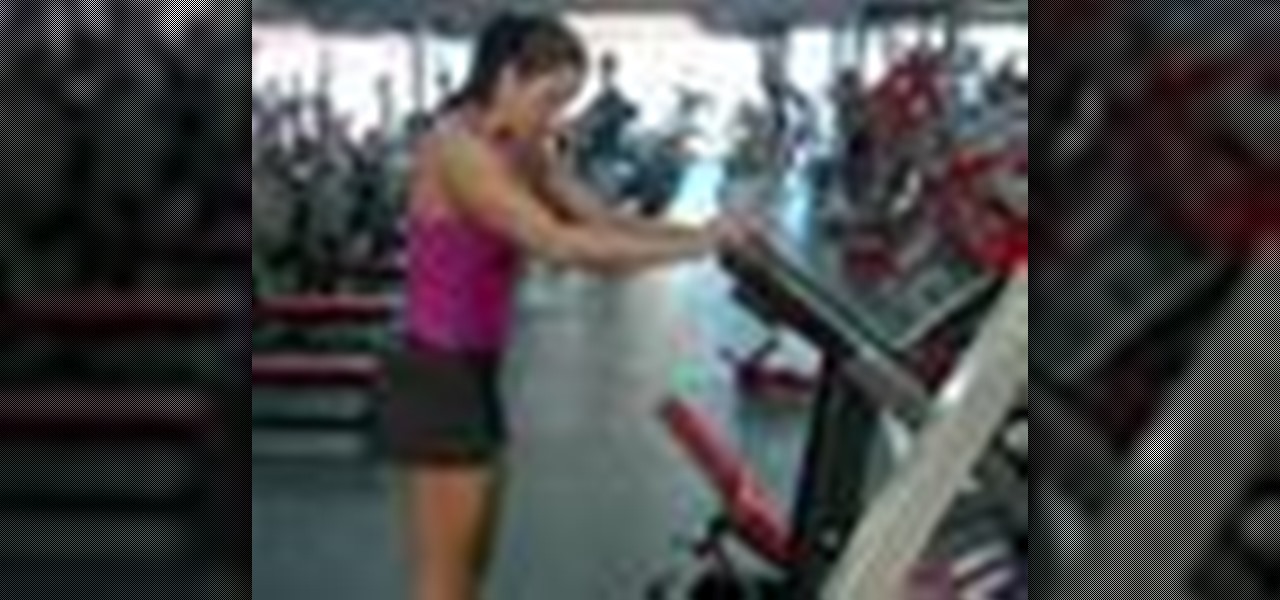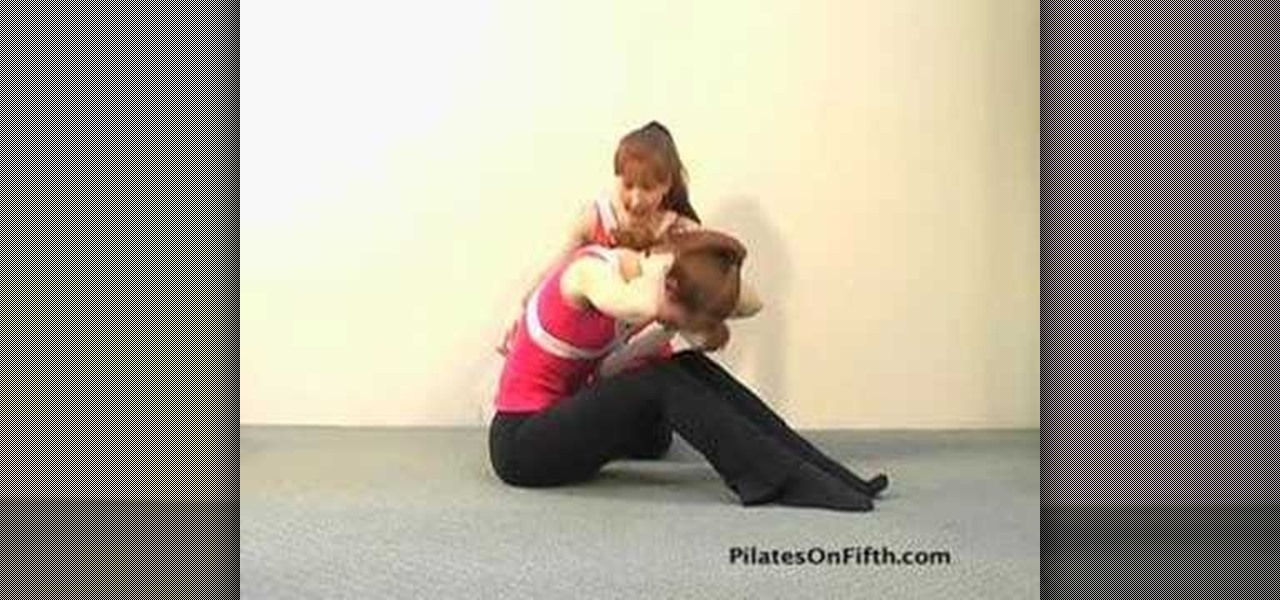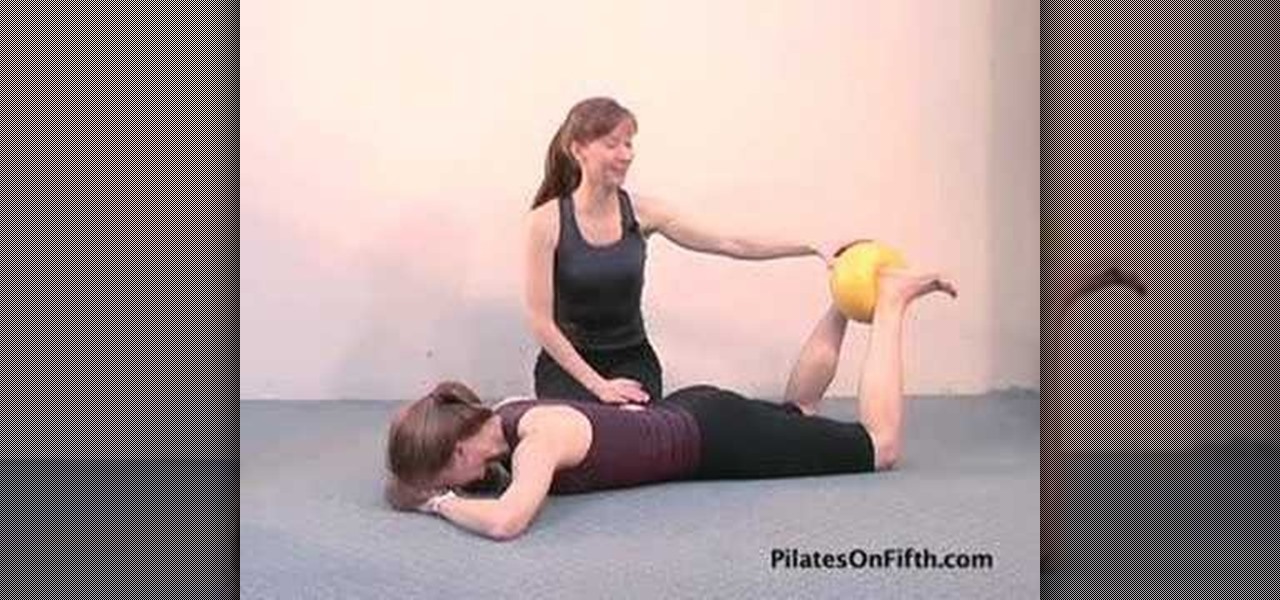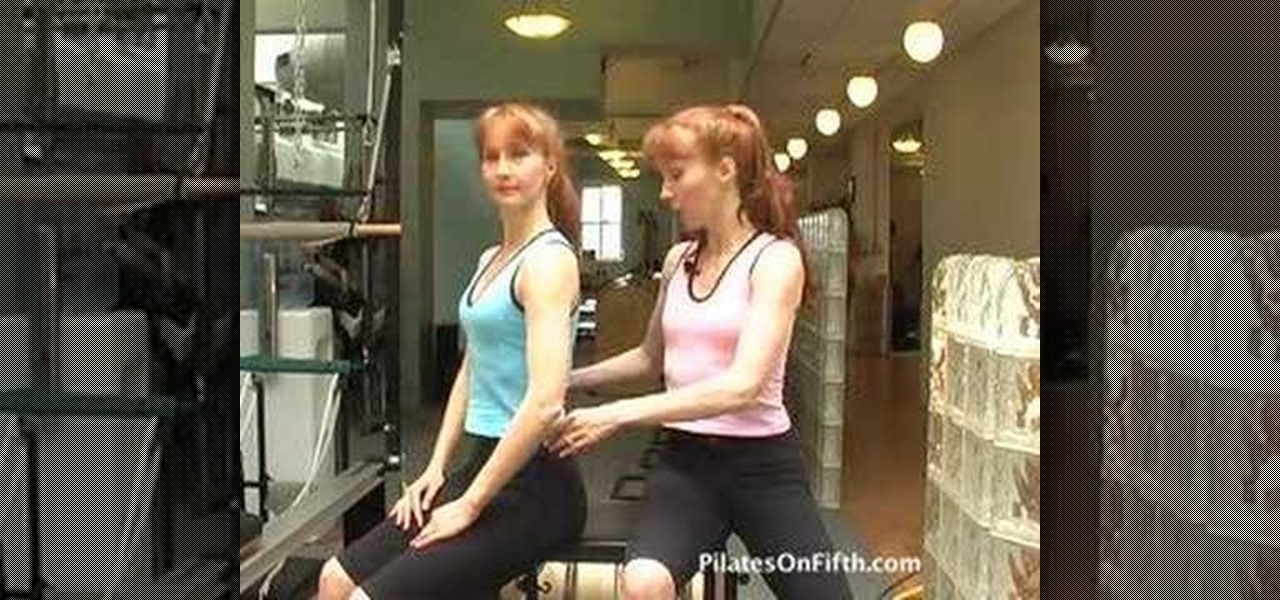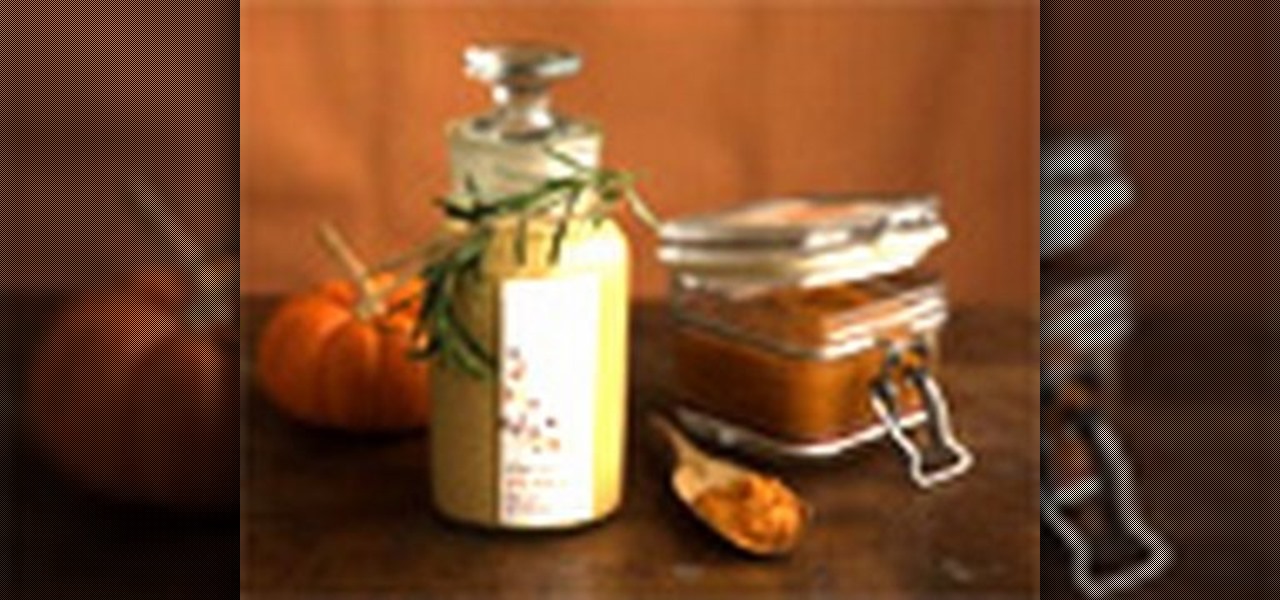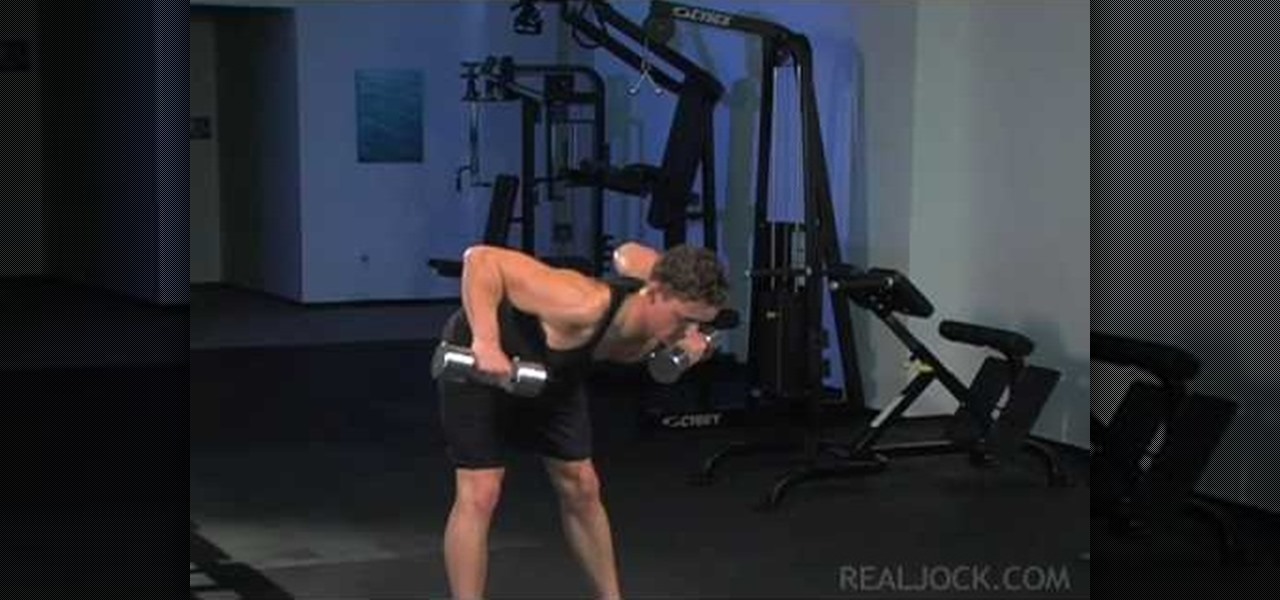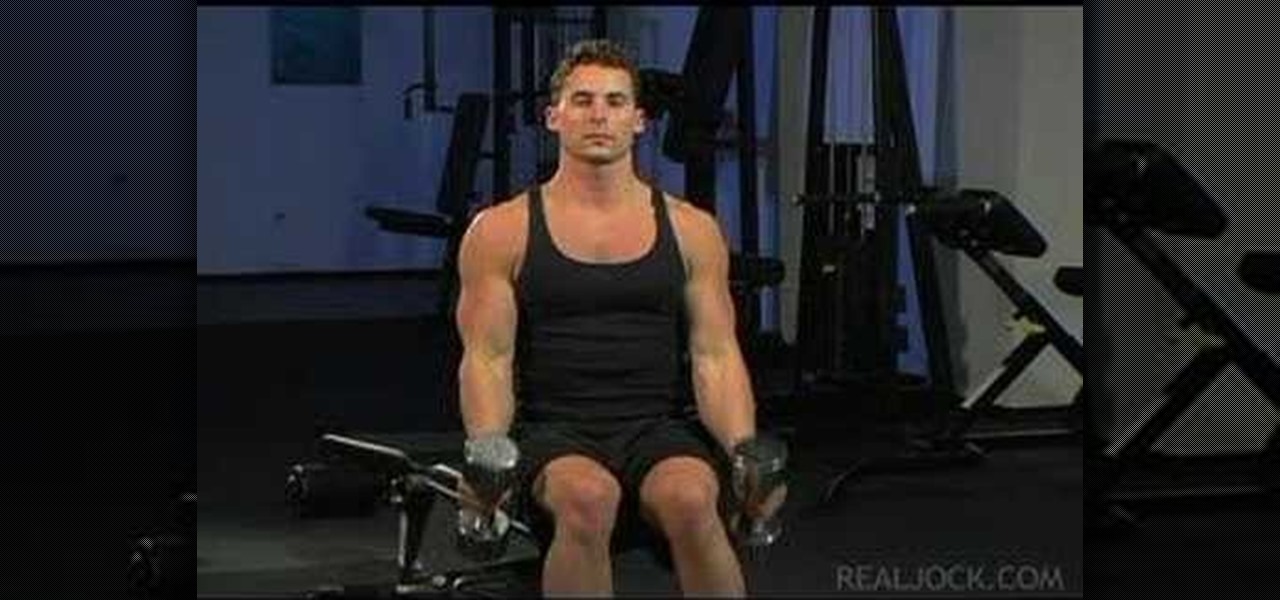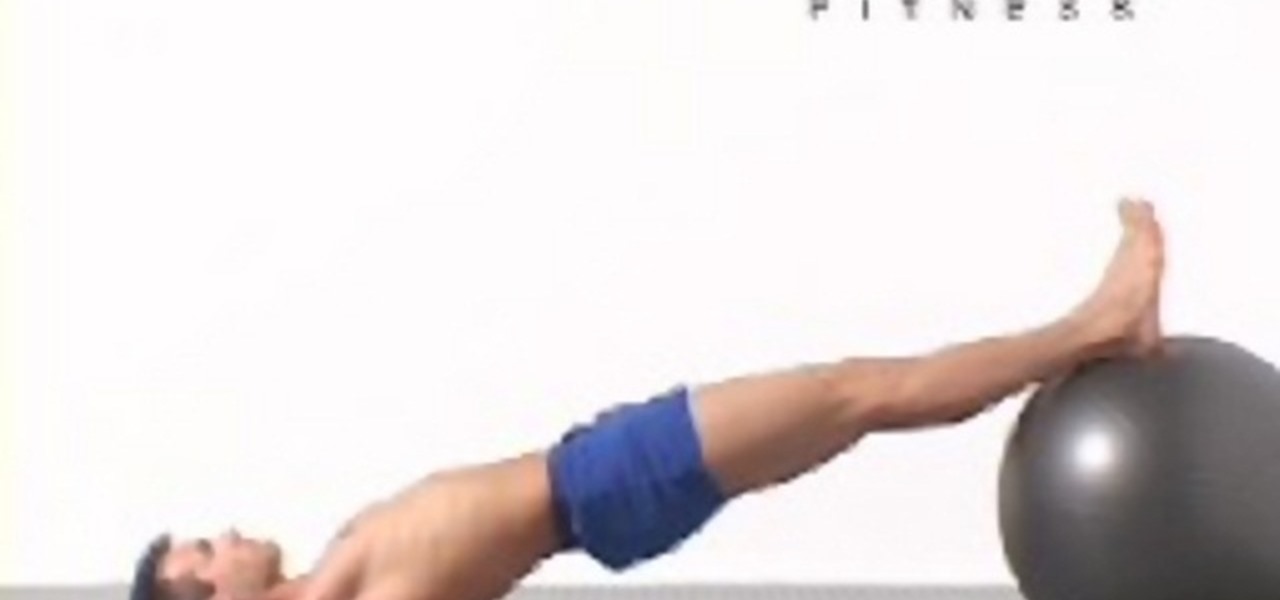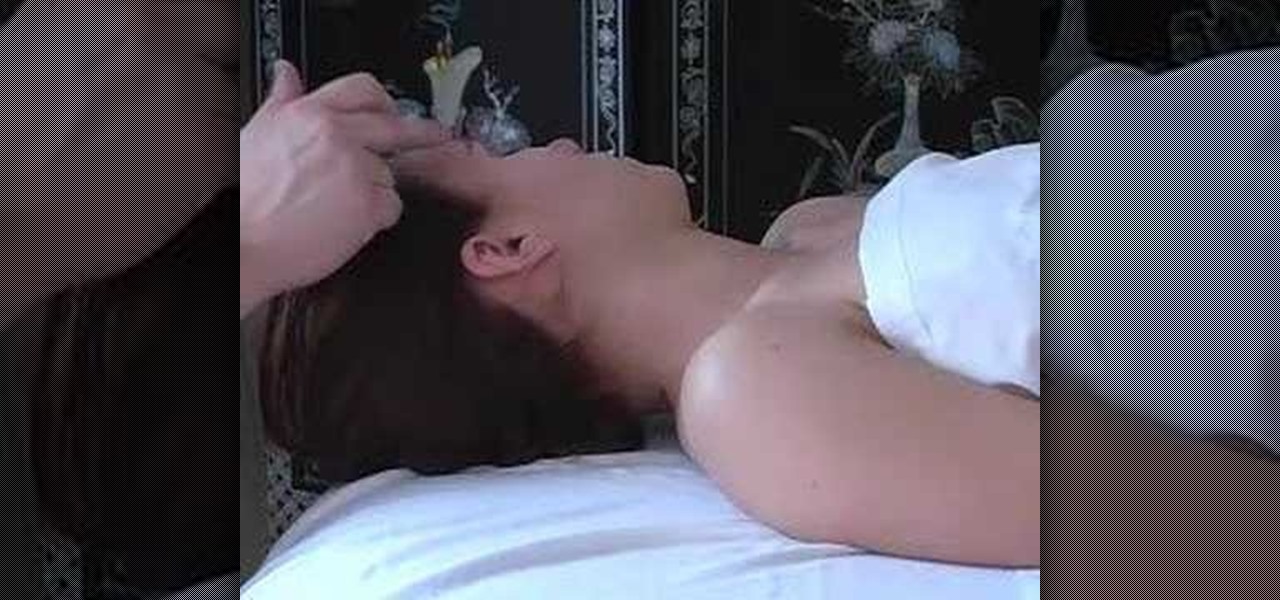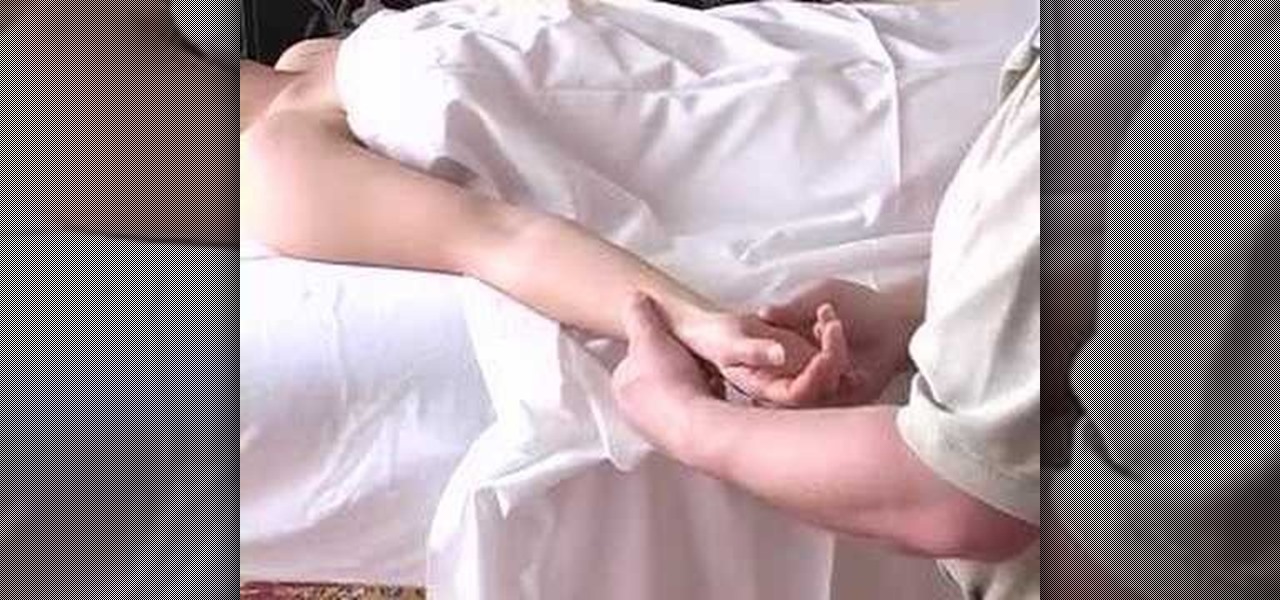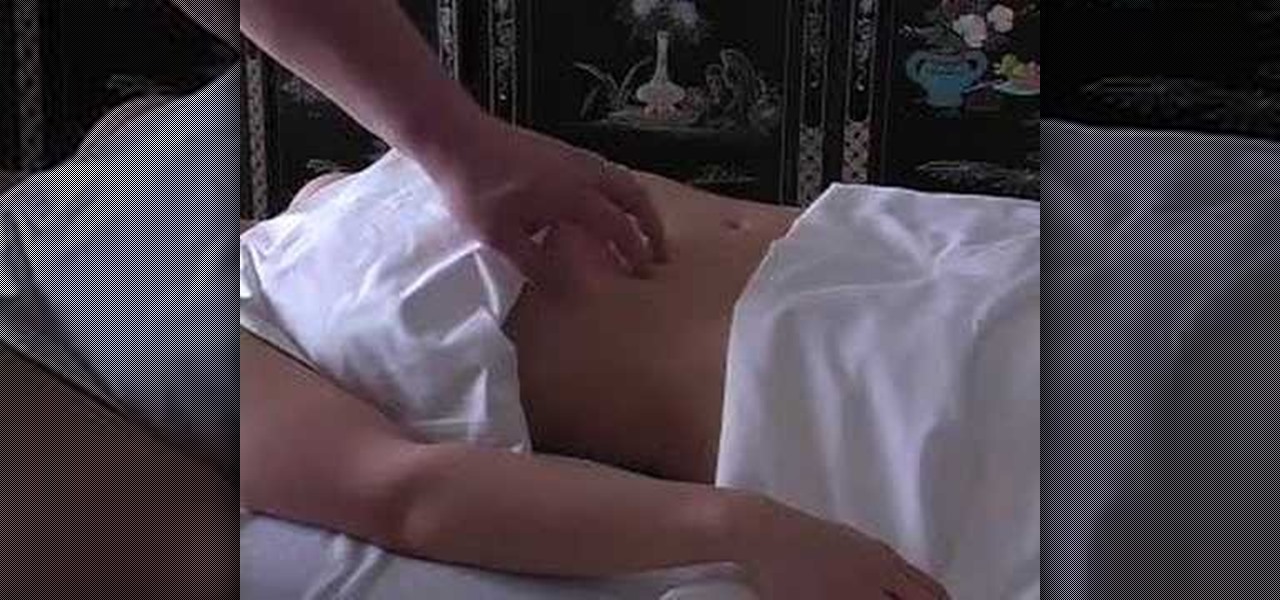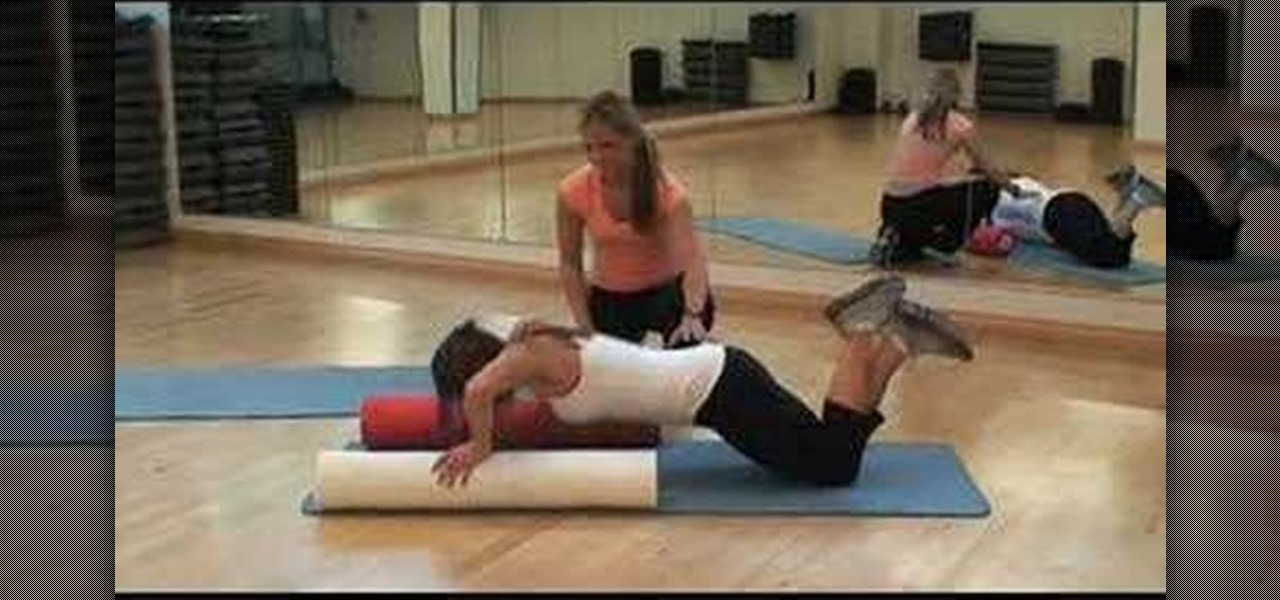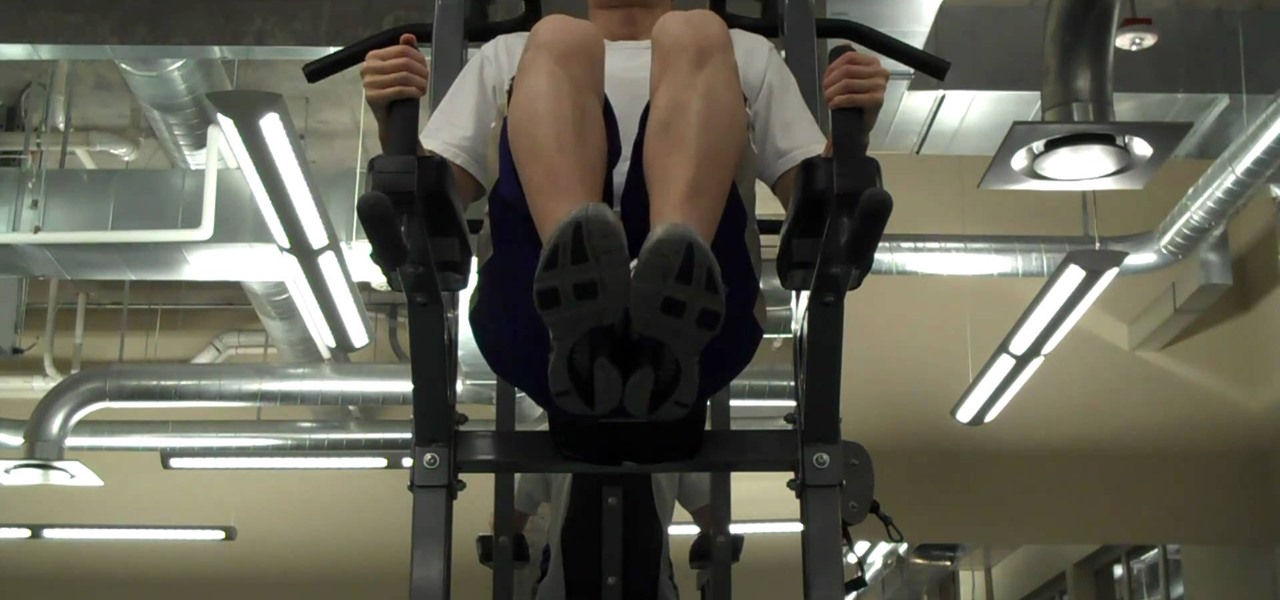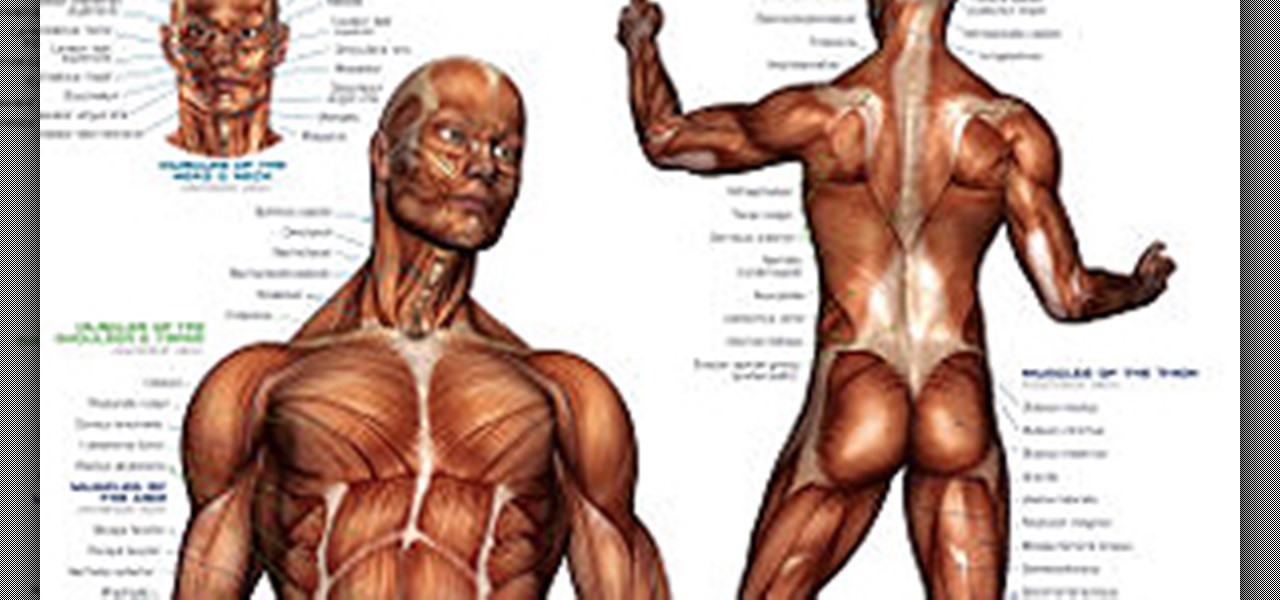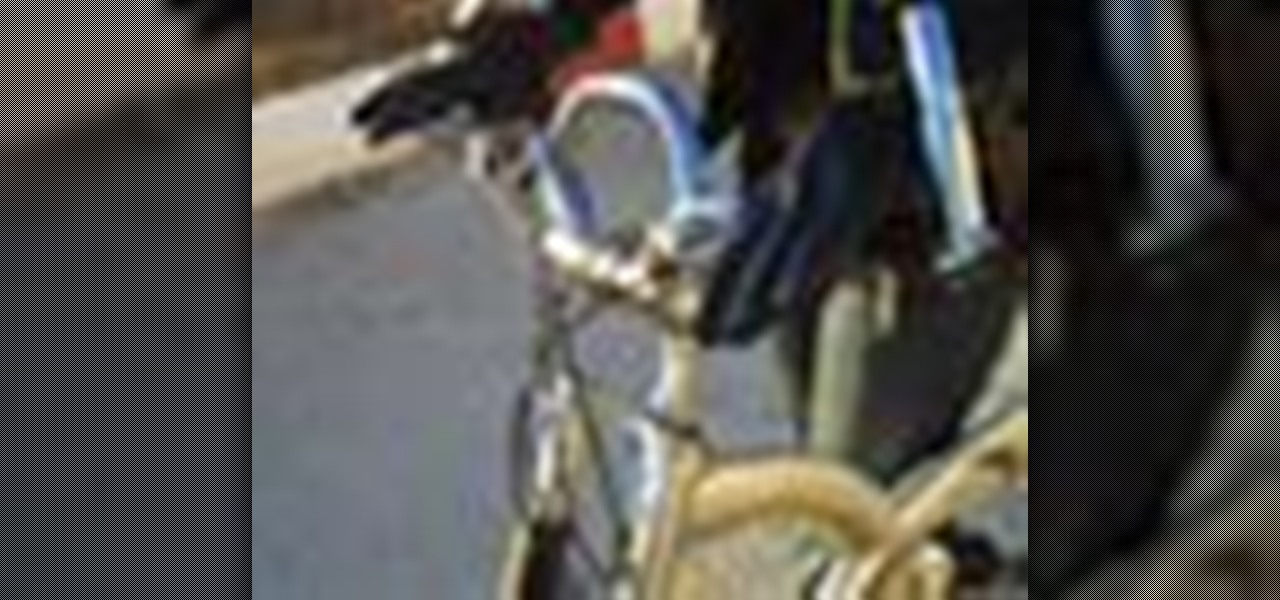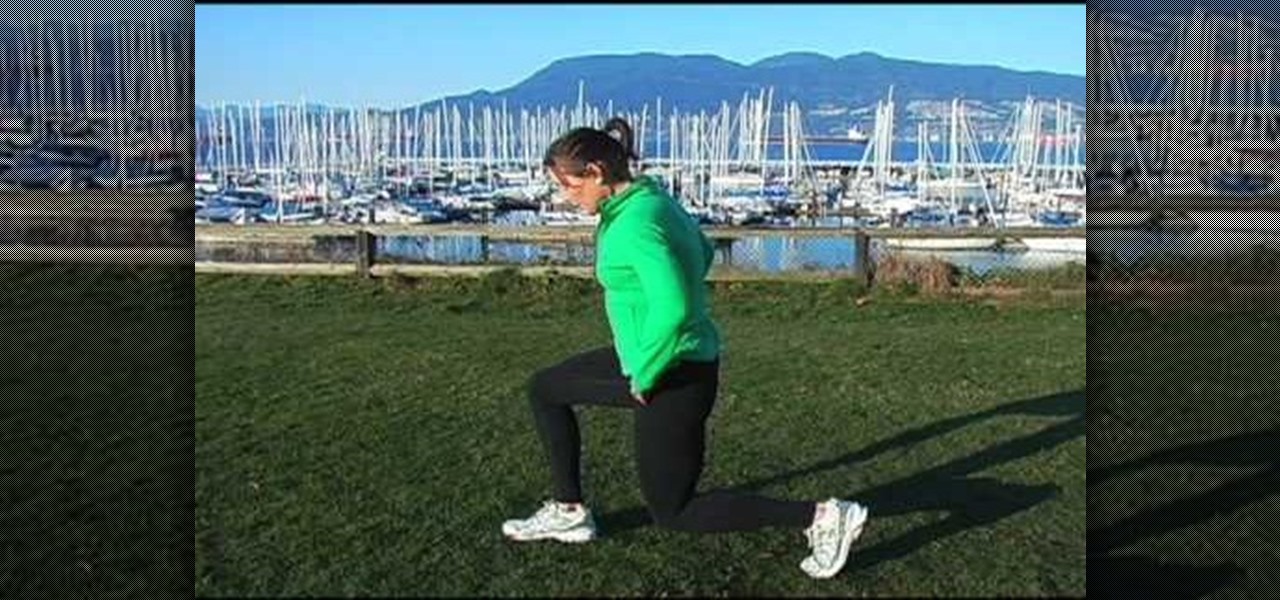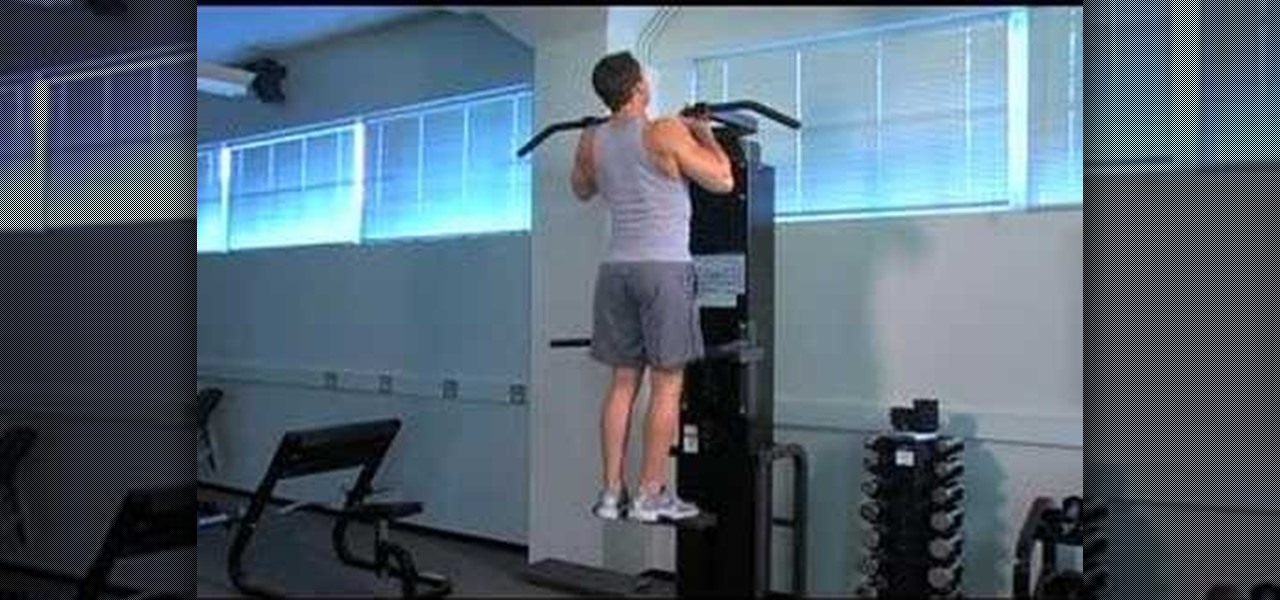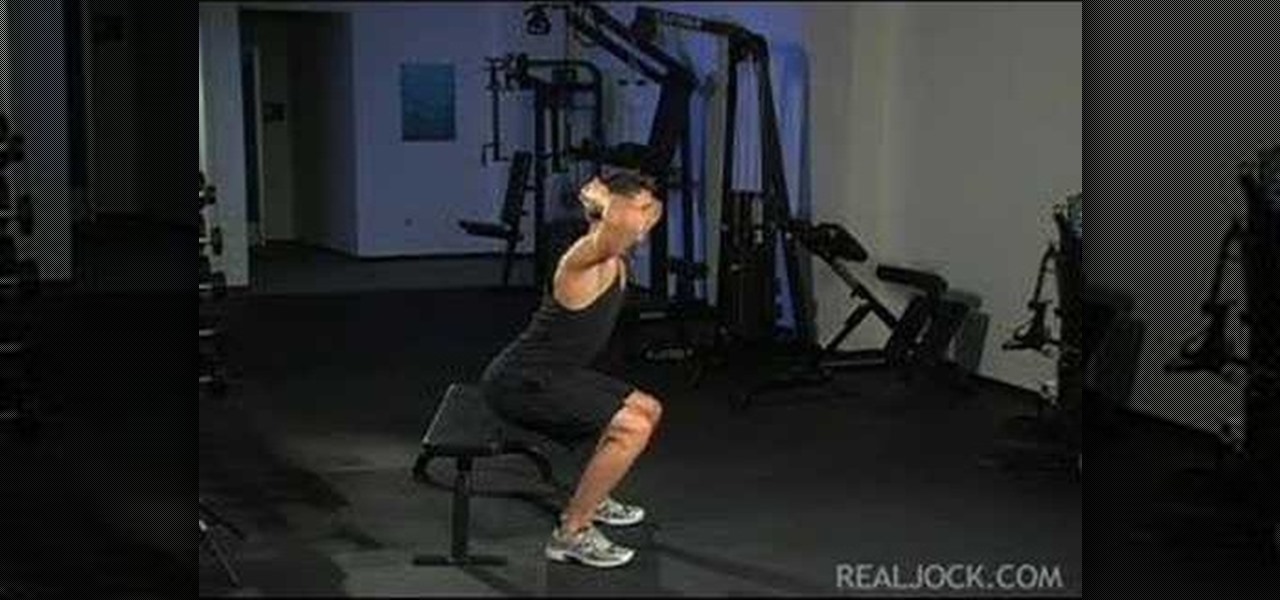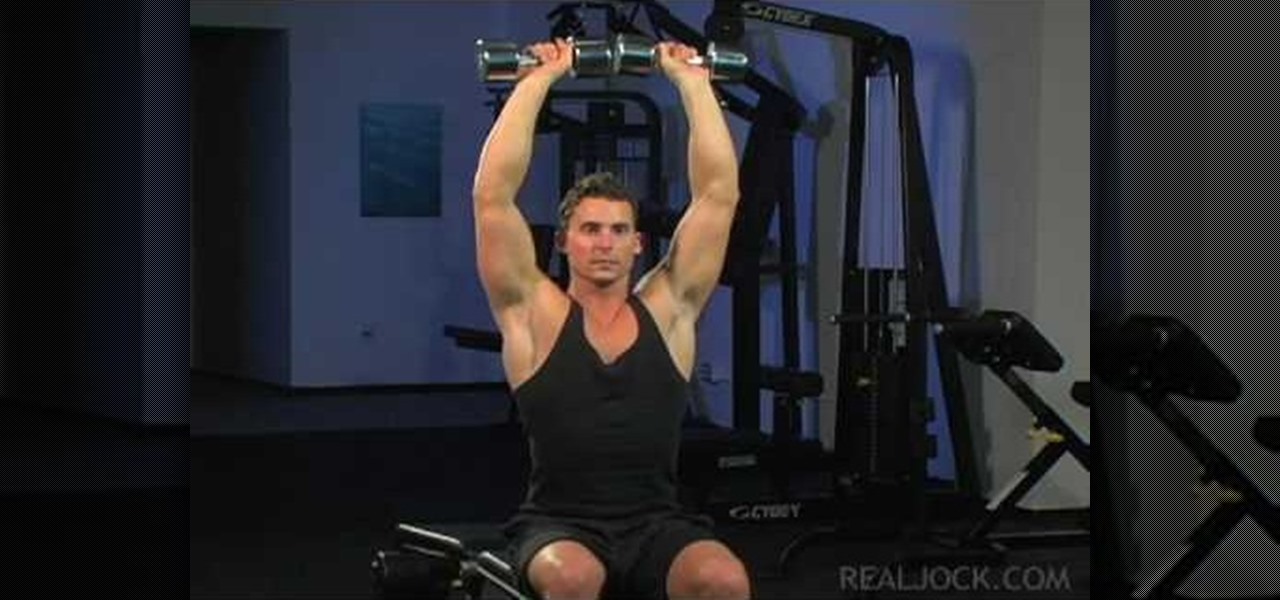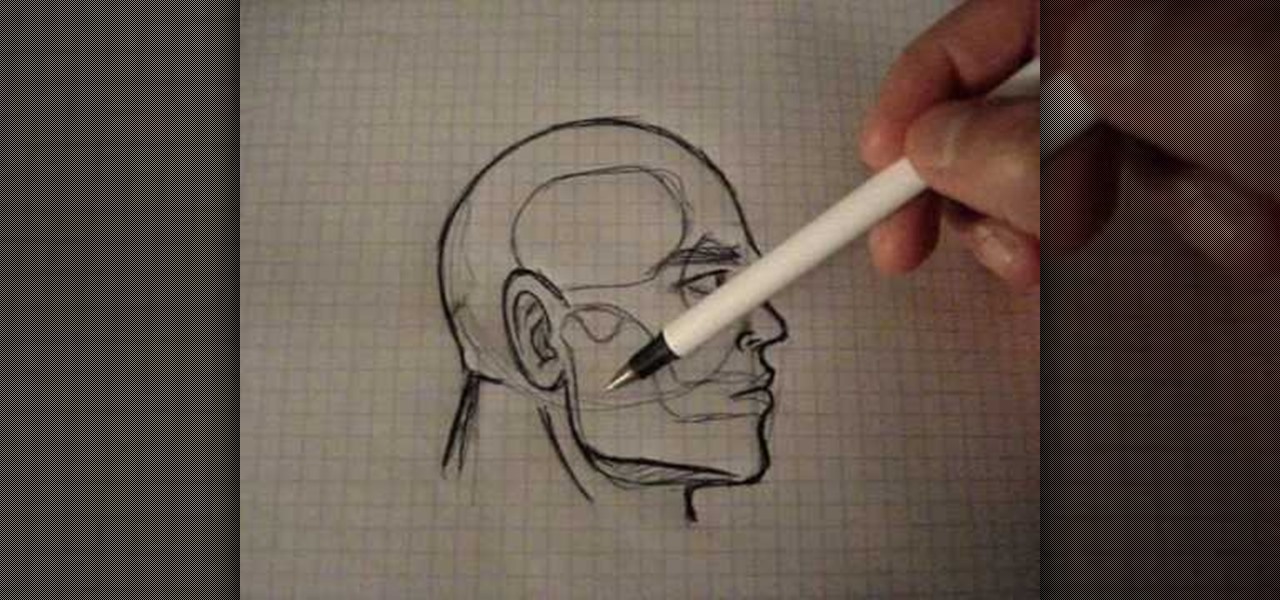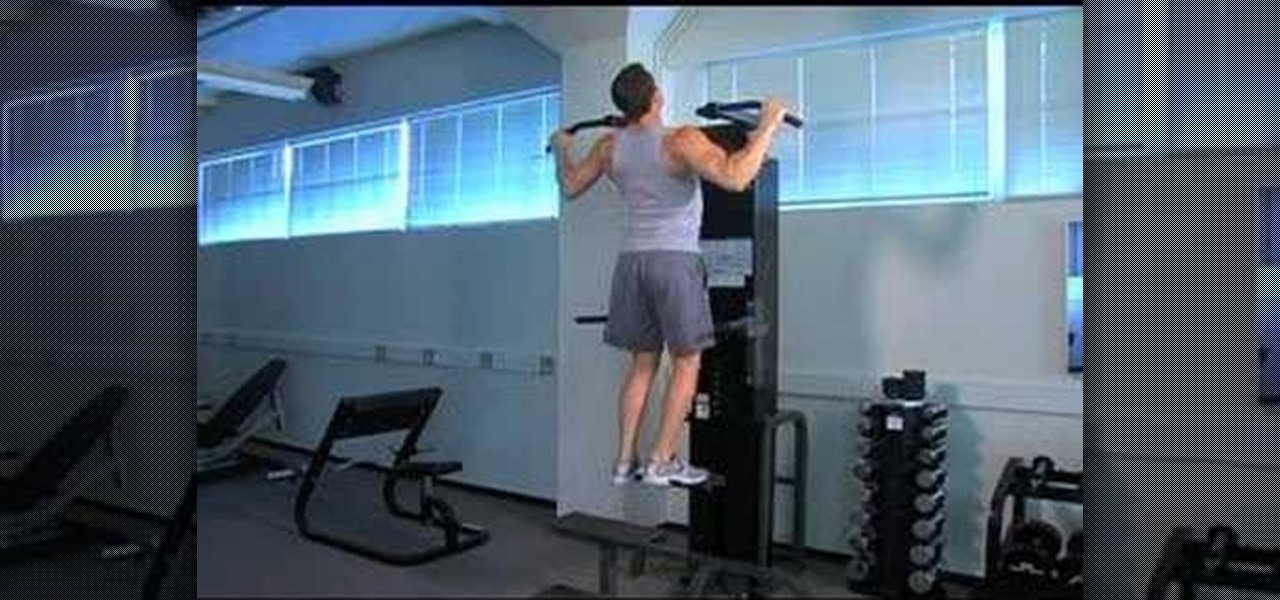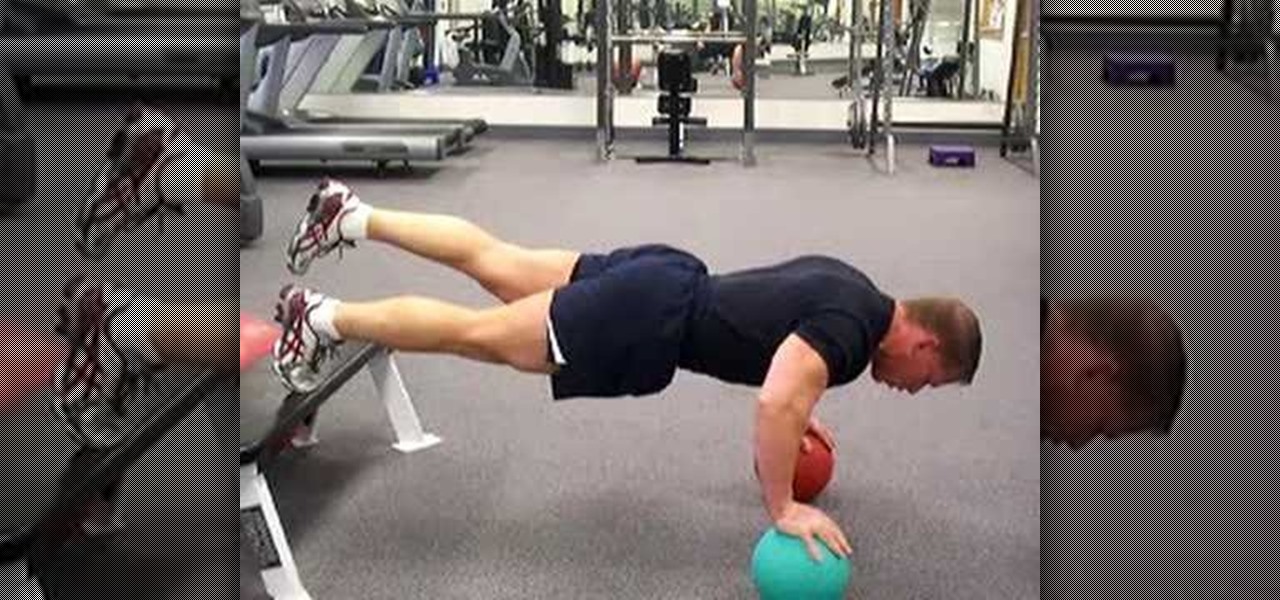
Darin Stein from Fat Loss Lifestyle demonstrates how to build your pectoral muscles with exercise tips. Put two medicine balls into the butt of your palms, not your fingertips, for pushups. Lower your body for two seconds, keeping your elbows apart. Get a real nice stretch in the chest and push your body up. Do fourteen pushups. For an advanced workout, elevate your feet when doing the pushups. Walk a 65 millimeter resistance ball to your toes and continue doing the pushups. In addition to to...
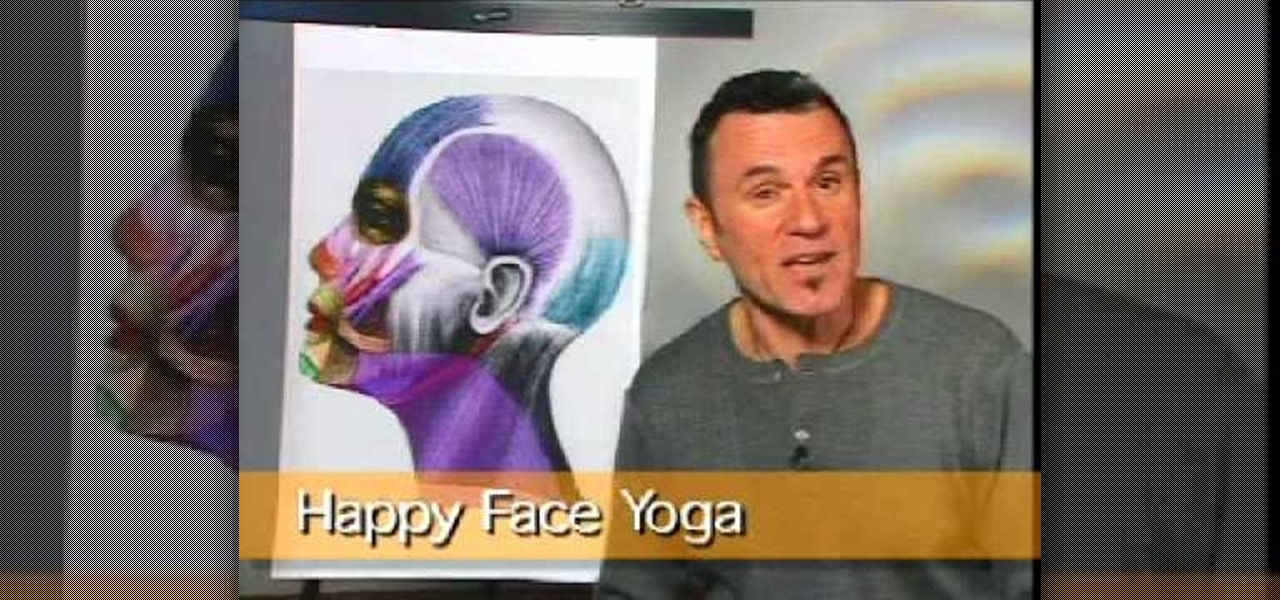
In this video from Sigsac from Happy Face Yoga, we learn how to look younger with facial exercises. This demonstrates the cheek lifter. This exercise will strengthen the muscles of the cheek. Smile, open mouth and form an O. Fold upper lip over teeth, smile again to lift cheek muscles up. Place index fingers on the top part of cheek, directly under eyes. Relax cheek muscles to return to original position. Smile again to lift the cheek muscles back up. Do this 10 times. In the next exercise he...
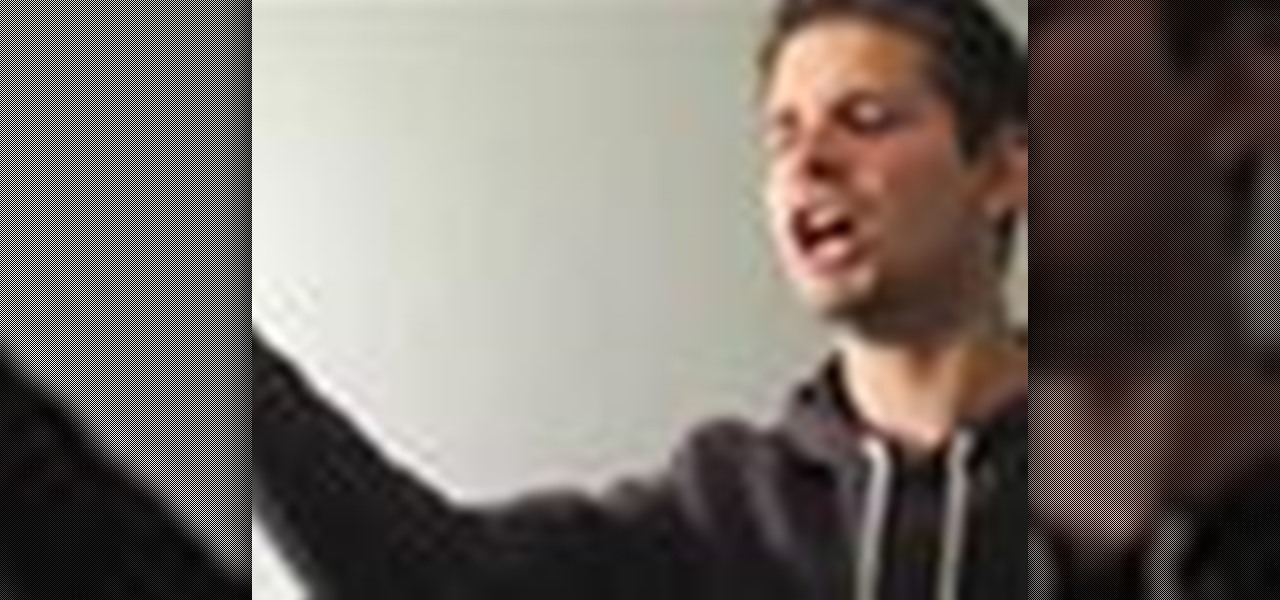
Looking to impress the ladies with your singer voice? Most of us could only sound like Barry White by gargling cockleburs. But you can pull off a throaty, soulful resonance with the right kind of practice.
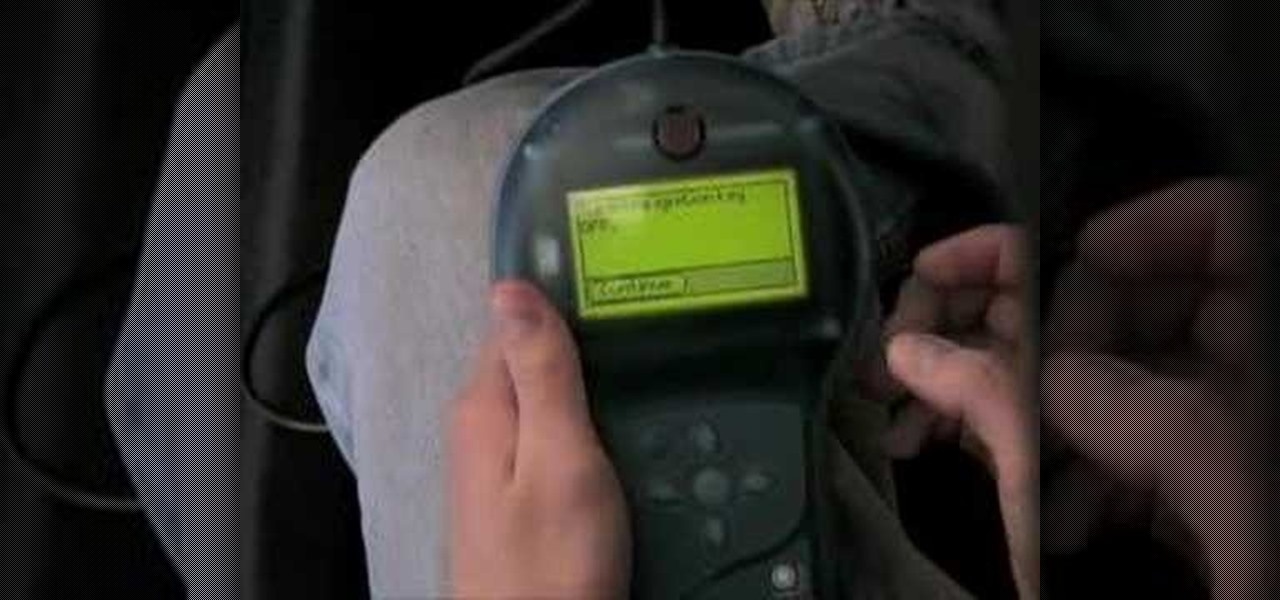
USMuscleMods.com brings you this video tutorial on how to install the Diablo Sports Predator Mustang Tuner. See the tricky installation procedure of the Diablo Sports Predator on a 2005 Mustang GT.
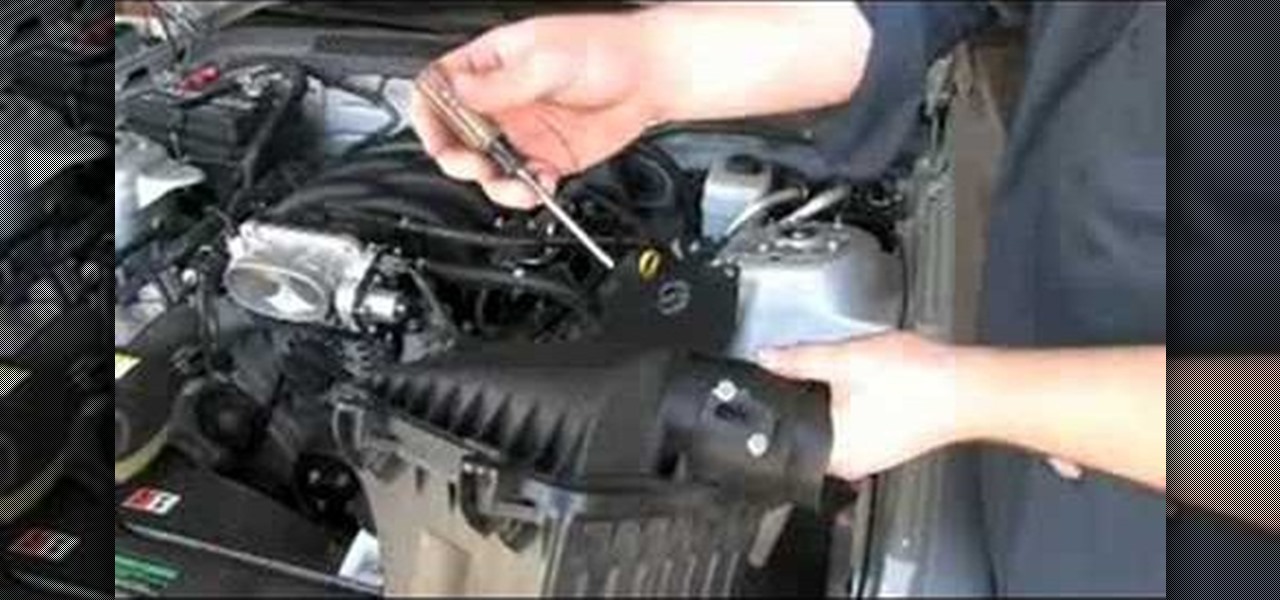
USMuscleMods.com brings you this video tutorial on how to install the AFE Mustang cold air intake system. The AFE Mustang Intakes are one of the best Mustang performance parts out there. See the full installation of it.

USMuscleMods.com brings you this video tutorial on how to clean your Mustang wheels. You can shine your tires with no-touch tire care spray... see the amazing results of just spraying on cleaner.

Whether you’re a professional DJ or simply a vinyl enthusiast, knowing how to install a fresh needle will help protect your music.

No time to hit the gym because you're always stuck at the office? Then bring the gym to you with these moves, which you can do right at your desk. Tip: As you get out of your chair throughout the day, try to use only your leg muscles, leaving your arms at your sides and keeping your spine straight. This gives the muscles in your legs a quick workout.

In this how to video we demonstrate some techniques to help with leg cramps. These are similar to some of the techniques that we have used already for massage, some of them are and some are not. One basic rule of thumb with leg cramps is sometimes just resting is sufficient. Leg cramps are painful involuntary contractions of the muscles in the leg. Get expert tips and advice on massage and other treatments in this how-to video.

All day we use our calf muscles when we walk, run, and climb stairs. As a result calf muscles are popular massage targets. Learn the art of giving massage in this diet and health how-to video.

Watch this instructional stretching video to stretch the calf muscles. Stretching your calves is a simple and efficient exercise, but you should make sure you are doing it right. Stretch your calves to the point of mild discomfort but not pain. Hold each stretch for about twenty to thirty seconds.

Neck Pull #1 is an easier version of the original Pilates exercise Neck Pull which helps build strength and increase spinal flexibility. By focusing on keeping the abdominal muscles pulled in flat throughout the exercise, the lower back is always protected and the abdominal muscles are being strengthened in their flattest position. Watch this fitness how to video and you will be toning your body with pilates in no time.

The Superman is a variation on original pilates exercises that strengthens the muscles of the upper back and improves posture. Be sure to keep the shoulders down, especially when the arms reach forward, in order to keep tension out of the neck and shoulders. The Superman strengthens the core, flattens the abdominal muscles and improves body awareness. Watch this fitness how to video and you will be strengthening your body with pilates in no time.

The Heel Squeeze is derived from the principles of classical pilates exercises. This pilates tutorial teaches how to engage the gluteus maximus muscles without engaging the lower back muscles. We demonstrate this exercise both with and without a small ball, but the ball is definitely not necessary to reap all the benefits. Focus on keeping the pelvis flat on the mat, the abdominal muscles pulled in and flat and tension out of the neck and shoulders while your tone your derriere. Watch this ho...

Swan Dive Graceful Rocks is a variation on the original Pilates exercise "Swan Dive." It strengthens the gluteus muscles (so your butt will get firmer.) and increases flexibility of the spine. Keeping your abdominal muscles engaged throughout will increase core strength and protect the lower back. Watch this how to video and you can gain strength through pilates.

The single leg stretch is a classical Pilates exercise for strengthening and toning the abdominal muscles. For increased abdominal challenge, stop the knee at 90 degrees of hip flexion instead of hugging the knee into the chest. Actively stretch through the legs, flatten the abs and keep the shoulders down with each movement and this exercise will tone many muscles in the body. Watch this how to video and you'll be getting in shape with pilates in no time.

Pilates exercises involve strengthening the core and flattening the abs, so why are your instructors always talking about the pelvis? This how to video explains the importance of pelvic placement and how it relates to the lower back and the muscles around the hip joint. Just becoming aware of your pelvic placement as you drive your car, walk down the street or do any household activity can help you improve your alignment and strengthen the deep postural muscles of your body.

In this instructional video, Better TV shows you how to go green with your beauty routine by making your own organic sore-muscle soak.

Learn how to do dumbbell straight-leg deadlift and dumbbell rows. Presented by Real Jock Gay Fitness Health & Life.

Learn how to do seated dumbbell hammer curls. Presented by Real Jock Gay Fitness Health & Life. Benefits

The Superman or Alternating Superman exercise on the ball is all about precision. This exercise integrates countless muscles in your back and core. Especially thesmall stabilizer muscles in your spine that attach one vertebra to another thereby stabilizing and supporting your spine from the inside out.

The Swiss ball brings an element of instability to basic exercises like the straight leg bridge. This stimulates and conditions your deep core muscles improving spinalstability. In addition to these small but important joint stabilizer muscles the Straight Leg Bridge also targets larger prime movers in your back, glutes and hamstrings.

Learn how to locate masseter muscle trigger points for massage.

Learn how to locate the flexor pollicis longus muscle (thumb) for massage.

Watch this video to learn about the abdominal muscles, how to locate and massage them.

Sarah and Katrina show you how to use a Foam Roller and the different to increase stability and flexibility, by really working your core muscles. Katrina shows you how to do a pushup and works your abs in this video.

What's a great way to work out your abdominal muscles without hurting (or possibly injuring) your back? Hanging knee raises are perfect, because they isolate and work out the rectus abdominis muscles and obliques with little or no strain on the back and neck. It requires a vertical knee raise tower as the equipment.

If you've ever seriously committed to an exercise program (so we don't mean hitting the gym a week in a row because of vacation guilt and then stopping entirely), then you'reknow what happens after doing the same round of exercises a few times: You plateau. It's super frustrating because you know you're trying your hardest, but what happens is your muscles go into maintence mode and are adjusting to your exercises, so they don't have to work as hard. How do you still gain muscle and keep losi...

A crick is a sudden, spasmodic pain and stiffness in the neck caused by tight muscles that can absolutely ruin your entire day. It can last for more than one day and can be triggered by the smallest movement of the neck, such as a simple pandiculation, aka a yawn-stretch. Although you can't always prevent them, there are many natural ways to lessen a painful stiff feeling in the neck.

Whether your training to be a doctor or a nurse, there is no doubt that this video lesson will help you better understand the procedure for musculoskeletal examinations. Musculoskeletal exams rely exclusively on inspection and palpation and tests using a combination of those techniques. The main purpose of this exam is to identify in your patient any signs of musculoskeletal disease, by way of pain, redness, swelling, warmth, deformity, and loss of function. Watch this video to see the entire...

Frustration is something that comes along with learning to ride a bike. You mustn't give up as it's a valuable skill to have. This video shows you how to ride a bike and minimize frustration.

You don’t need to be in the gym to get super toned arms and legs. Stay outdoors and with only an exercise band you can get a difficult and muscle specific exercises that will turn any arm flab into defined muscle.

Learn how to do Gravitron speed pull ups with a neutral grip. Presented by Real Jock Gay Fitness Health & Life.

Learn how to do prisoner squats. Presented by Real Jock Gay Fitness Health & Life. Benefits

Learn how to do seated dumbbell shoulder presses. Presented by Real Jock Gay Fitness Health & Life. Benefits

If you work out on a regular basis and all of a sudden get an injury then you probably think it's okay to stop exercising until you're completely healed. But unless you're on doctor-prescribed bedrest there's ALWAYS soemthing you can do to stay fit and lean.

Okay, you've watched the "human skeleton structure" and "human neuroanatomy" videos, the next step is right here in these tutorial videos on the human muscular structure.

Learn how to do Gravitron wide grip drop set pull ups. Presented by Real Jock Gay Fitness Health & Life.

Learn how to do seated leg presses. Presented by Real Jock Gay Fitness Health & Life. Benefits

Squats are probably the most useful exercise you can do at the gym—no other single exercise encourages more muscle growth. With a range of motion that incorporates many different muscle groups in the legs, core and upper body, squats not only strengthen those muscles, but also strengthen the tendons and ligaments that connect them. In addition to their strength-building benefits, squats also teach you core stabilization, which is important for almost any athletic endeavor. Learn how to do dum...










